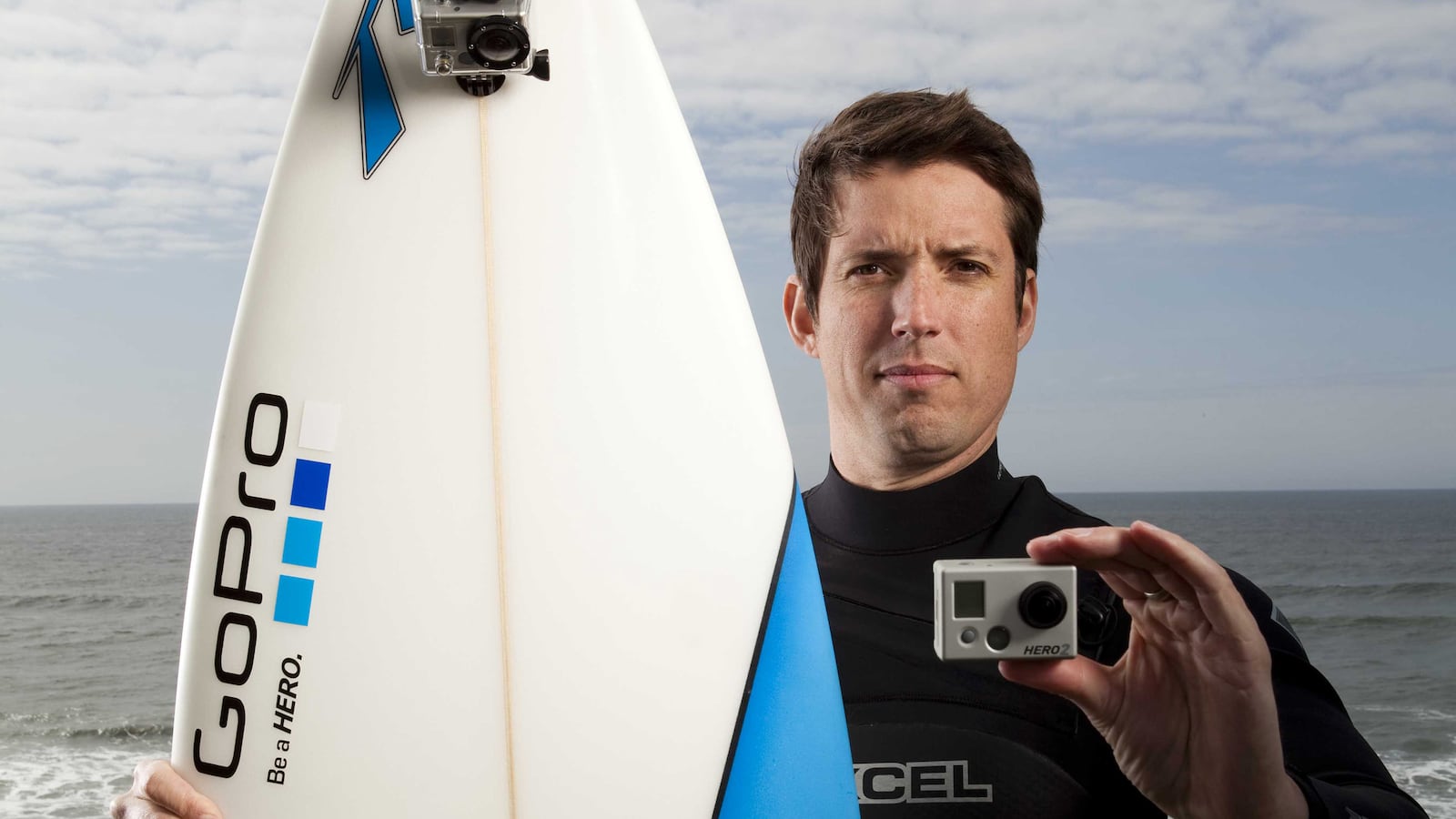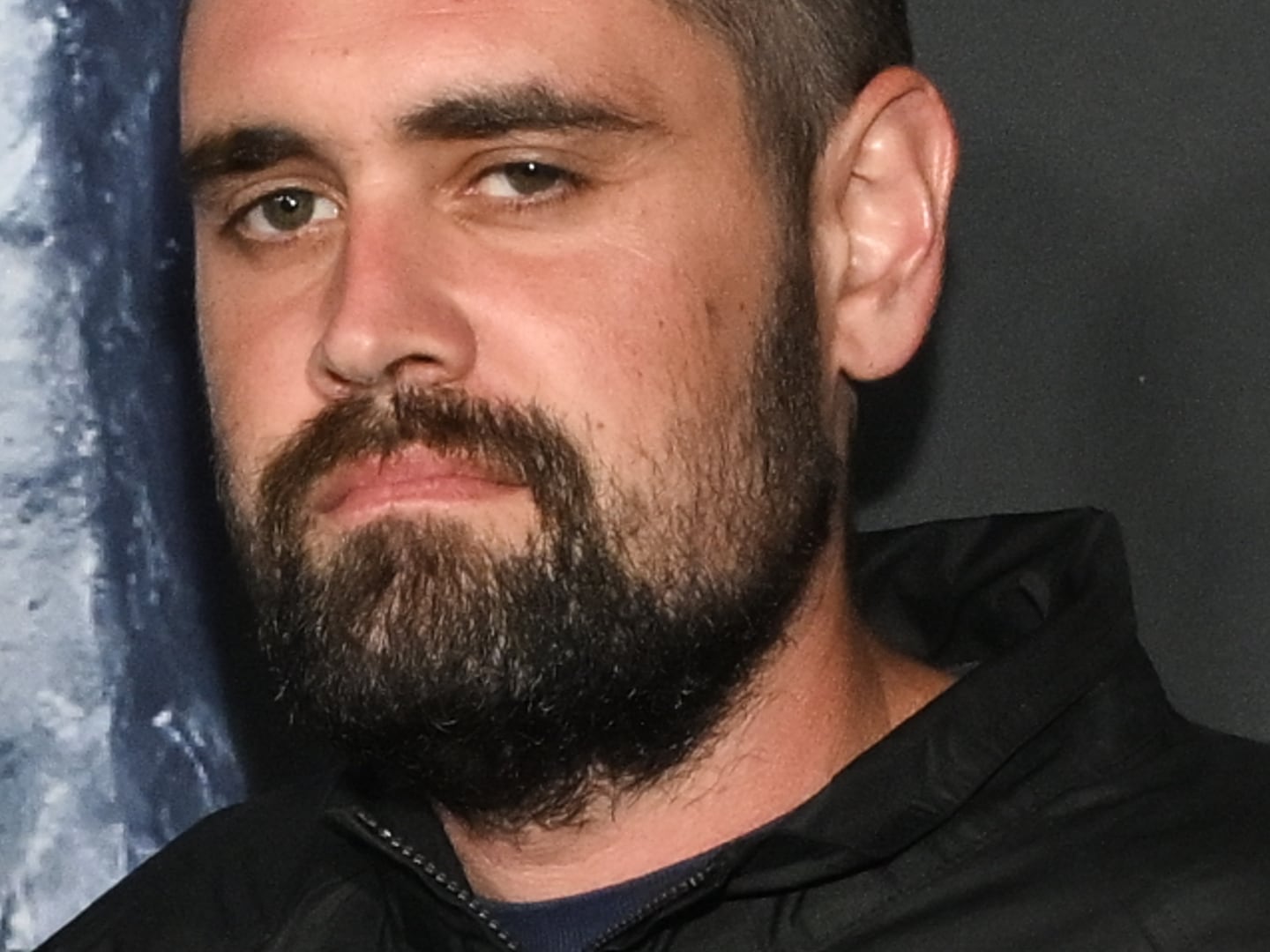
Some of the most fascinating people in today’s culture are distinguished not just by their craft, but also by their passions. We call them the New Alphas.
When Nick Woodman’s first start-up went belly up in the dot com burst of 2002, he faced failure the way many of us only wish we would: he went surfing.
Of course, carving up waves was nothing new for Woodman. When he was eight-years-old the Silicon-Valley-born entrepreneur spotted a Surfer magazine spread pinned to the wall of a buddy’s bedroom and declared he wanted to “live in that world.” As a senior in high school he founded his school’s surf team, and when it came time for college he picked UC San Diego largely due to its proximity to the ocean.
But this post-bust trip wasn’t like cutting class to hit San Diego’s Black’s Beach; this was a once-in-a-lifetime epic surfing adventure in Indonesia and Australia. There was only one problem: How to document it?
“We were camped out in the middle of nowhere on the south and west coasts of Australia,” Woodman told 60 Minutes Australia two years ago. “I’m there tinkering with my wrist strap and developing what was the first GoPro camera.”
It was a solution that would eventually make Woodman, 39, a kind of Bill Gates of the selfie generation. He spent a few years messing around with his mother’s sewing machine to perfect the straps on GoPro’s original 35MM wrist camera, a venture funded largely by money that he and his future wife Jill made selling necklaces they bought in Bali for less than $2 and sold in Northern California for $60 a pop. He peddled his new contraption at trade shows—the original GoPro Hero made its debut at the 2004 Action Sports Retailer convention in San Diego—and out of a white 1971 VW bus nicknamed “The Biscuit.”
“The original idea for GoPro was to help surfers capture photos of themselves surfing that made them look like a pro,” Woodman told Anderson Cooper.
While surfing culture permeates every aspect of GoPro’s ethos —Woodman’s a fan of words like “awesome" and “stoked”— it wasn’t until his little camera came out of the water that the brand became an international phenomenon. It started when Woodman, who made roughly $350,000 in GoPro’s first year, invested some capital into race car driving lessons and strapped his GoPro on the front bar of his Lotus. He was blown away by what he saw.
“I’m a customer,” explains Woodman, who released GoPro’s game changing HD video camera in 2009. “I am [as] stoked as anybody else when I see an incredible piece of content that our customers create.”
That includes activities ranging from extreme—Austrian daredevil Felix Bumgartner’s space freefall in 2012—to the silly—like strapping a GoPro to your dog’s favorite fetch stick and watching the video score a million views. While a new GoPro video shows up on YouTube every couple of minutes, the tiny cameras have also become a production staple of big budget Hollywood movies and major sporting events.
In January, Woodman added an Emmy to his trophy case when the Hero3, an HD camera that retails in the $300 range, was given a Scientific and Technical award. Last June, GoPro went public, and many observers wondered how being the head of a publicly traded company would change Silicon Valley’s surfer dude CEO, the “mad billionaire” known for hooting and hollering in staff meetings and trade shows like he just landed a frontside 360. “I obviously have to watch what I say a little more,” Woodman told Forbes earlier this year. “Well, I try not to.”
But despite making waves on Wall Street, the lifelong surfer’s proudest accomplishment of 2014 may have been GoPro’s sponsorship of the Association of Surfing Professionals in February. “This camera started from surfing and it’s only fitting that it’s tied in deeper with the surfing World Tour,” said surfing legend Kelly Slater, an 11-time ASP champion and one of the twenty or so surfers on GoPro surf team.
For Woodman, who thinks little of taking the company Gulfstream on a junket to the hottest surf spots in the world to show off his latest technology, it is all part of meeting that promise he made to his eight-year-old self upon seeing that surf poster. “Now professional content is inspiring kids around the world to pursue their passions, just like I was inspired by those Surfer magazine tear outs on the wall,” Woodman told his alumni magazine. “That’s like a cosmic full circle for me that’s hugely satisfying.”






